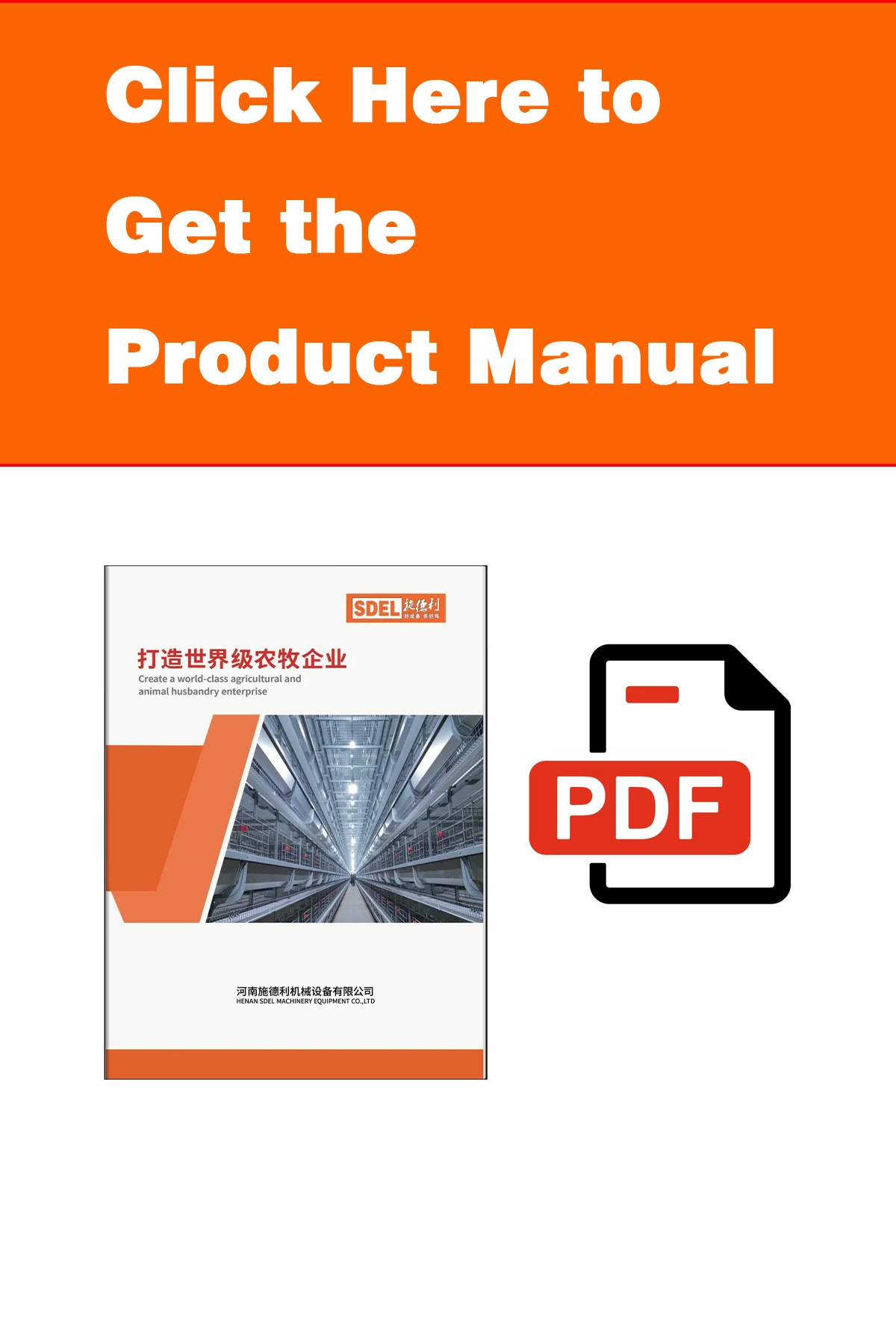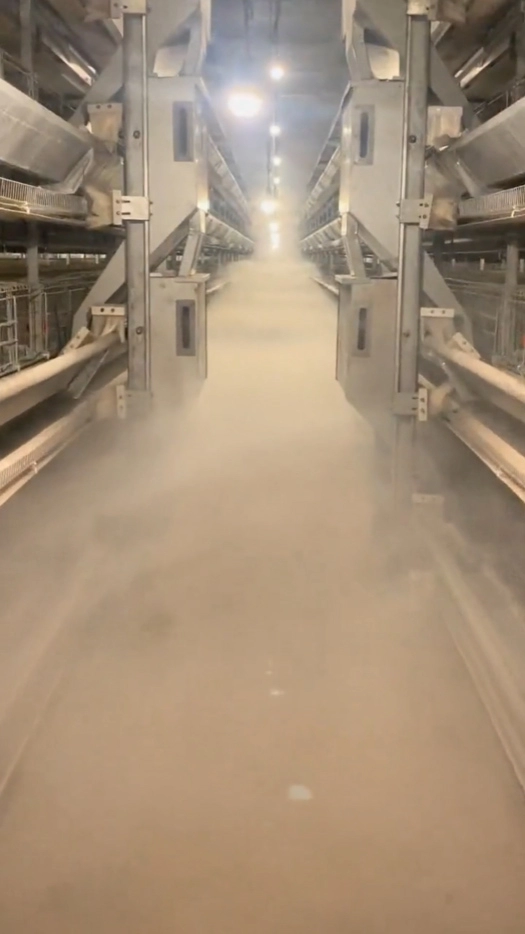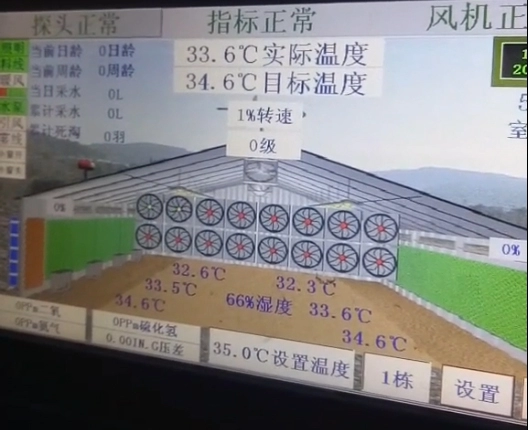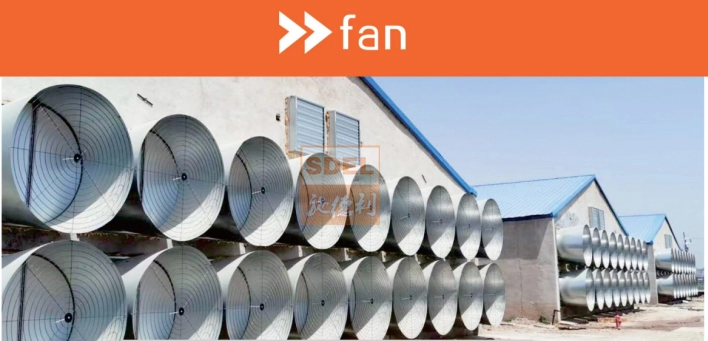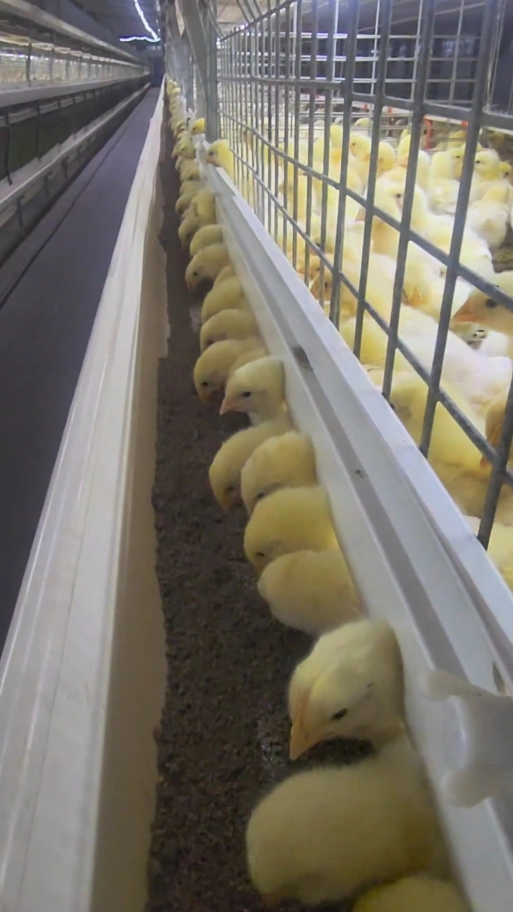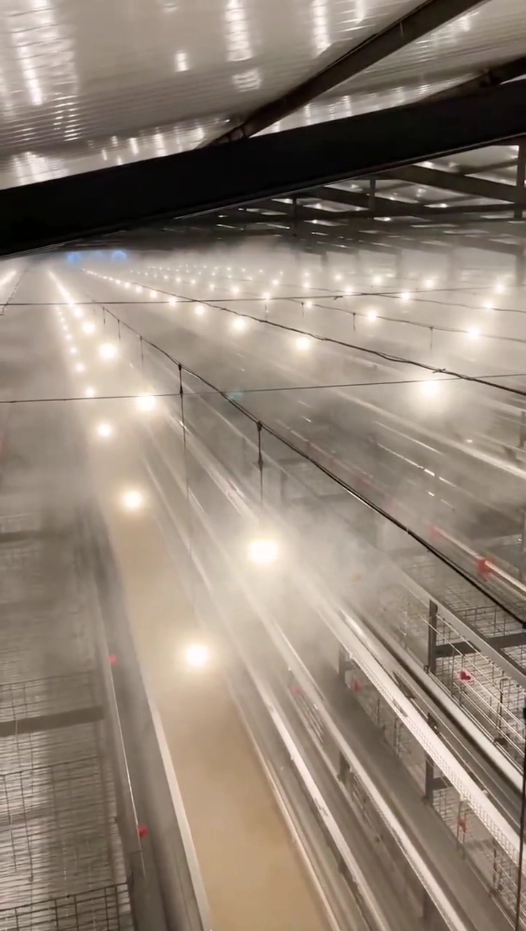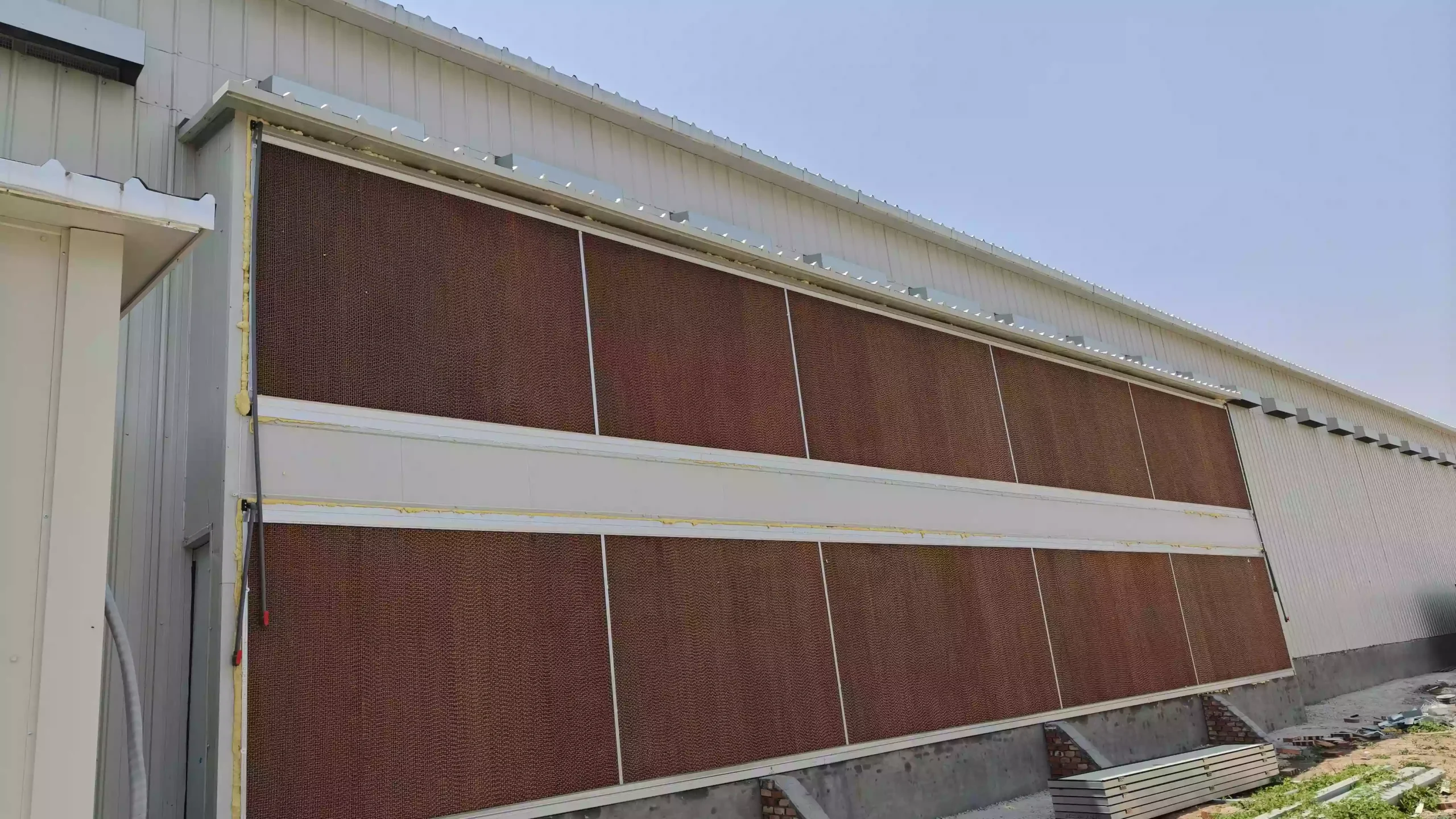Automatic Broiler Cage System: 8 Must-Know Management Tips
Eight Practical Management Tips for Modern Broilers in Multi-Tier Cages
So, you’ve got this fancy automatic broiler cage system. The equipment is advanced, but to really make it work, you’ve gotta nail the details. Get these eight things right, and you’ll see your success rate shoot up.
1. Disinfection & Isolation (Biosecurity is Your Bottom Line)
Thoroughly clean the house 5 days before the chicks arrive. Nowadays, it’s recommended to use efficient and safer disinfectants like potassium peroxymonosulfate (e.g., Virkon) or glutaraldehyde, which are less corrosive to equipment. For fumigation, aerosolized hydrogen peroxide is a safer bet than old-school formaldehyde.
The real key is building a “firewall”: strictly separate production and living areas, have a disinfection for entry, and try to keep trucks (feed, bedding) out. The whole point is to stop outside germs from getting in. Keep disinfecting with the birds in the house, and remember to rotate a few different disinfectants.
2. Temperature (Watch the Chickens, Not Just the Thermometer)
There’s always a temperature difference between the layers, especially in winter. The key is to adjust based on how the birds behave, not just a number on a gauge:
- If they’re spread out and moving around easily, the temp is just right.
- If they’re huddled together and chirping loudly, they’re cold—crank up the heat.
- If they’re panting with beaks open and drinking a ton, they’re hot—you need cooling and ventilation.
Modern environmental controllers can auto-adjust, but you still gotta know how to read your birds. Trust their reaction more than just the machine.
3. Grouping (“Catch the Big, Leave the Small” – Improve Uniformity)
When it gets crowded, you gotta split them up. If you don’t, the big ones get bigger and the small ones get left behind.
- First grouping (12-16 days): Move chicks to more cages to prevent overcrowding.
- Second grouping (25-28 days): This time, move the bigger, stronger birds to the lower cages. Leave the smaller, weaker ones in the warmer upper layers. This “keep the weak, move the strong” approach gives the runts a better environment, making the whole flock more uniform.
4. Ventilation (Raising Chickens is Really About Managing Air)
Ventilation is the top priority! Good ventilation removes ammonia, keeps things dry, and prevents colds.
- Early on, chicks get cold easily; keep ventilation gentle and avoid drafts.
- Later, when birds are bigger, they breathe more—you need to increase ventilation.
- In winter, ventilate more on warm days, less on cold nights. In summer, ventilate full blast. Smart controllers can auto-calculate this, but you need to understand the basics and know how to set them. If the air in the house smells fine, isn’t irritating to your eyes, and doesn’t feel stuffy, you’ve got good ventilation.
5. Equipment (Good Gear Needs a Good Operator)
The most advanced equipment won’t raise the chickens for you. The operator is the most important part:
- Know your equipment’s quirks: how to adjust the thermostat, how to set ventilation stages.
- Be observant. If the actual house temperature doesn’t match the display, know how to calibrate it.
- Maintain equipment regularly: listen for unusual fan noises, check if the feed line chain is loose. One small oversight can lead to a big loss.
6. Water (First Drink ASAP, Good Water Every Day)
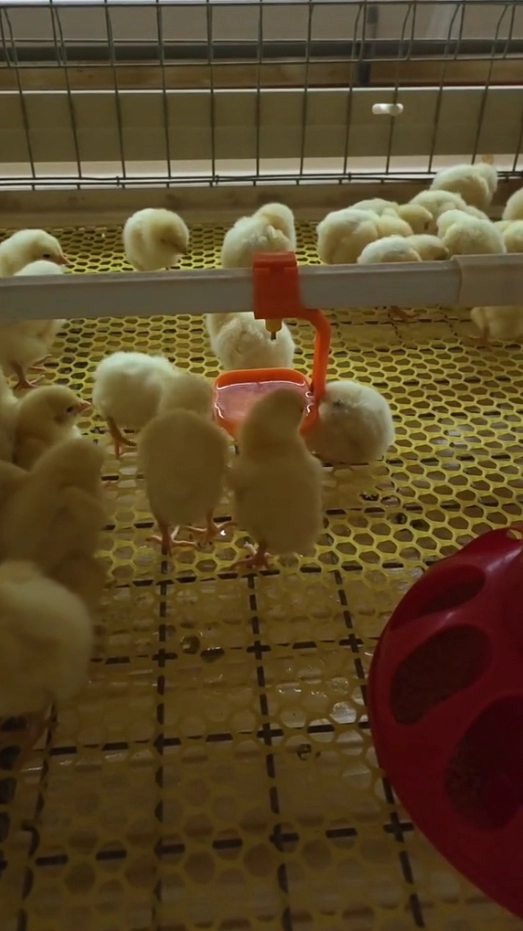
Chicks must get a drink within 2 hours of arrival. Adjust the water line height constantly—the ideal drinking angle is about 45 degrees. Get the water pressure right:
- Pressure too high? Birds get scared, water splashes everywhere = waste.
- Pressure too low? Birds at the end of the line can’t drink.
Clean the water lines regularly to prevent biofilm and algae. Watch daily water consumption closely—a drop in intake is often the first sign of trouble!
7. Feeding (Little and Often, Prevent Mold)
Stick to “Water first, then feed.” Use feed trays for the first few days, then switch to automatic lines. Set them for “little and often” to prevent feed from sitting around and molding. Some feed restriction early on helps develop the digestive system and improves immunity later. Watch them at feeding time; adding feed just as it’s about to run out stimulates their appetite.
8. Lighting (Imitate Nature, Good Rest = Good Growth)
Use strong light for the first 3 days (24 hours) so chicks find food and water. After that, you can gradually reduce light hours or use intermittent lighting (e.g., 1 hour on, 2 hours off). This gives the birds plenty of rest, leads to stronger legs, and doesn’t hurt growth. Gradually increase light again the last week before processing.
To sum it up:
Poultry farming is hard work, and it’s all about the details. Modern equipment saves us a lot of labor, but in the end, it still depends on people being diligent. Master these eight points, adapt them flexibly to your own farm’s situation, and you’ll definitely raise good chickens.
Hope these practical tips help everyone out! Feel free to chat and share your own experiences.

